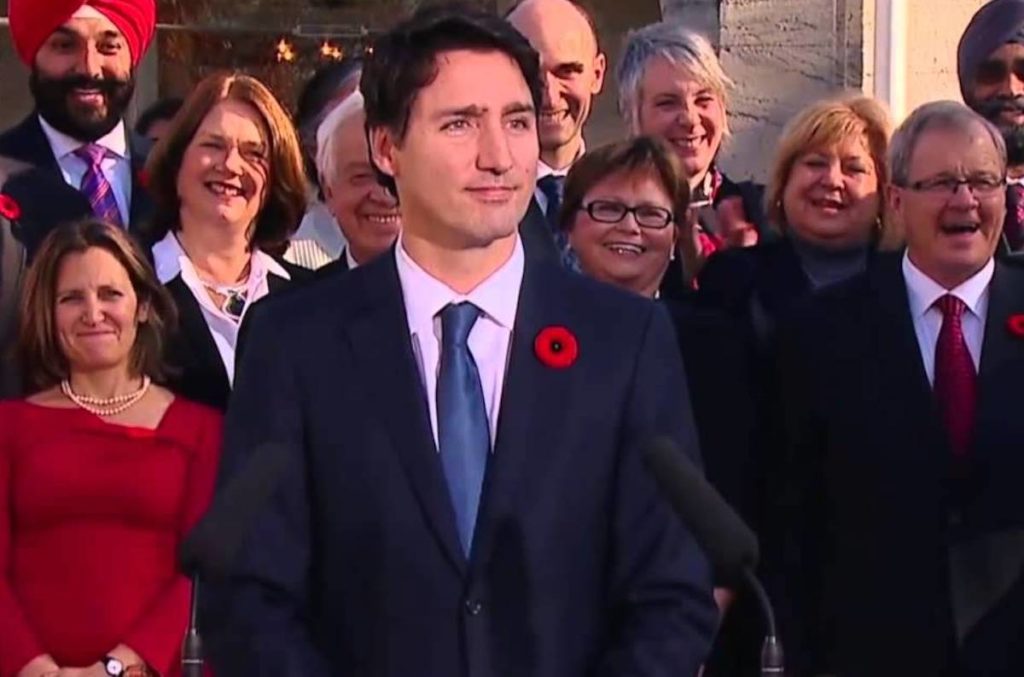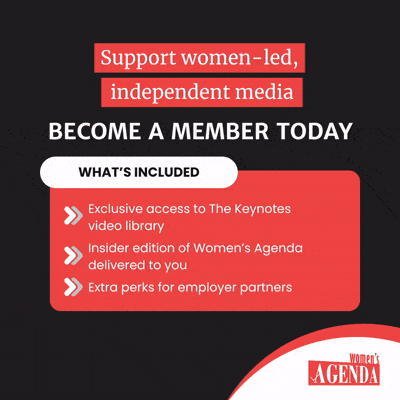Do you remember when Canadian Prime Mininster Justin Trudeau unveiled a gender-balance Cabinet, noting his famous rationale for doing so as, “because it’s 2015?”
You may recall when France did the same thing (in 2017). And then Spain in 2018 (now 67% female) under Prime Minister Pedro Sánchez. Then there was Colombia, Costa Rica, Ethiopia, Rewanda, Nicaragua and Seychelles in 2017/18. And there was Sweden in 2014, which described itself as the “first self-proclaimed feminist government”.
South Africa joined the party in 2019. In New Zealand, Prime Minister Jacinda Ardern gave half of her 10 cabinet positions to women following her landslide election victory in 2020.
And then the United States got a gender balanced cabinet in 2021, as President Joe Biden unveiled his team.
Australia has never had a gender-balanced Cabinet. In 2019, newly minted Prime Minister Scott Morrison claimed a record, noting that his Cabinet was 30.4% female with seven of 23 ministers female, which slightly edged out a 30% women record rate recorded during the Rudd Government. Since December 2020, Morrison’s cabinet has been 27.3% female.
And Australia continues to be far from the balanced mark, despite a flurry of new appointments by Morrison on Monday aimed at “shaking up what needs to be shaken up” and addressing his government’s disastrous track record on the treatment of women.
One might think a real shake-up would occur by appointing a gender-balanced Cabinet, although this is a measure that would be challenging given the dire lack of women in the Coalition. Other steps would involve removing altogether those with significant questions regarding their fitness for key ministerial positions. Christian Porter is no longer Attorney-General, but he remains in Cabinet.
Morrison took a different approach — the politically safe approach. One that he hopes will silence the noise from outside the party room without rattling things too much from within.
First the numbers, seven of Morrison’s 23 person Cabinet is now female, meaning he returns to his 30.4% female record.
He has appointed a female attorney general with Senator Michaelia Cash, and created new positions to deal with women’s economic security. Jane Hume will take on the new portfolio of women’s economic security which sits in the outer ministry, while Amanda Stoker will become assistant minister for women.
Karen Andrews has been appointed Home Affairs Mininster, and becomes one of the most senioer women in Cabinet.
From there, Morrison issued a tone-deaf statement about Senator Marise Payne being the “prime minister for women” during the press conference on Monday. Why isn’t Morrison the prime mininster for women, is he not fit for the job?
Morrison decided to change the title, what he really means is that Payne is the “primary minister for women”, given she will oversee a number of other appointments made in this space, including by co chairing a new Cabinet taskforce to drive the government’s agenda in response to women’s equality, economic security, health and wellbeing.

We do not yet have details on how this taskforce will operate, nor how and if it will address existing issues facing the Coalition party room on its direct treatment of women — as well as how it will support achieving women’s economic security elsewhere. What we do know is that the current Minister for Women’s record on these matters has been poor — if not entirely absent.
Payne is also the Minister for Foreign Affairs, a massive portfolio that may explain for some of her silence on women’s issues over the past year and really since she was appointed. Another explanation is that she’s not interested in the role, or perhaps otherwise that she’s felt gagged and unable to effectively speak out. This latest reshuffle may change things, but appointing someone whose sole job is to be the Minister for Women would have made a lot more sense.
The taskforce is something — a start. But again, we revert back to the example of Justice Trudeau in Canada, who appointed a women-only task force on International Women’s Day this year.

That taskforce has a clear mandate: to address gender inequality issues that have come to the fore as a result of COVID-19. It has promised to bring on expert advisors to support with its plans going forward, and has already had its first meeting. Trudeau even goes so far as to use the F word in announcing the move: “The government recognises that robust and inclusive recovery is necessarily also a feminist recovery.”
A feminist recovery. Can you imagine such an expression, in Australia?
Other countries see the democratic value of appointed gender balanced Cabinets, and going further to stress and advocate for all areas of diversity to be included.
Not in 2021 Australia. Despite the first three months of 2021 highlighting everything that’s can possibly go wrong when men dominate these positions.


